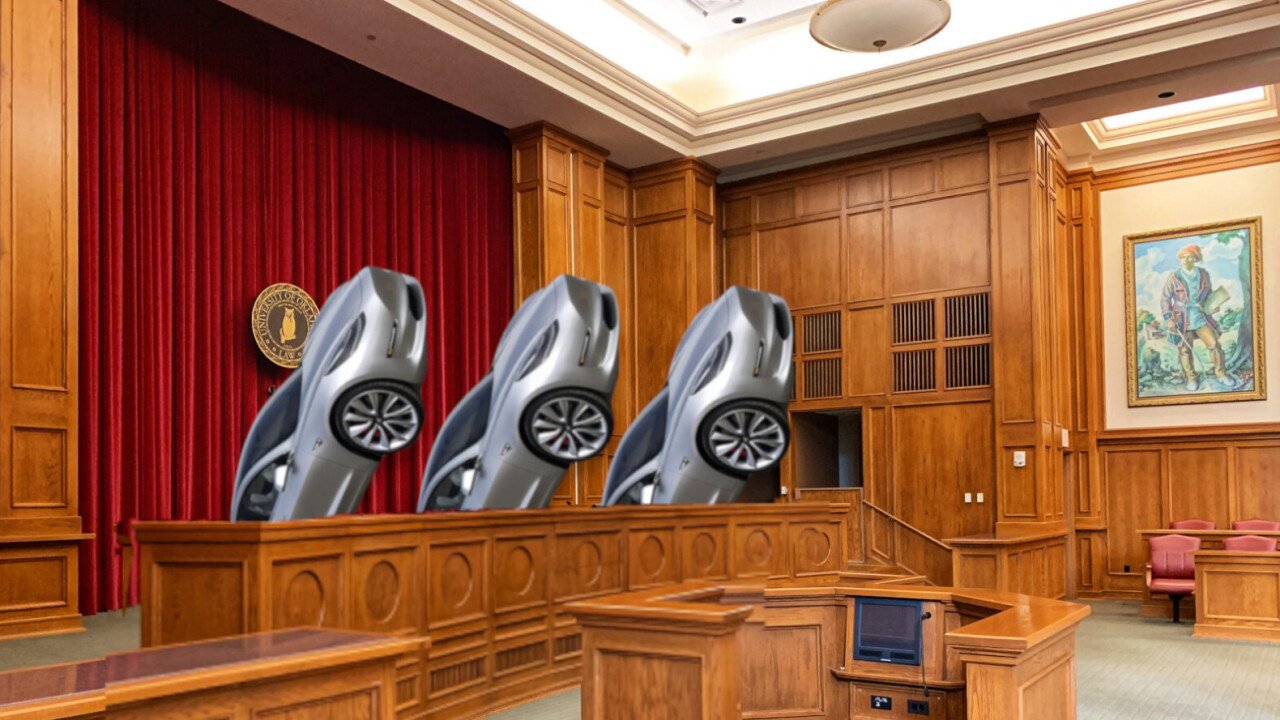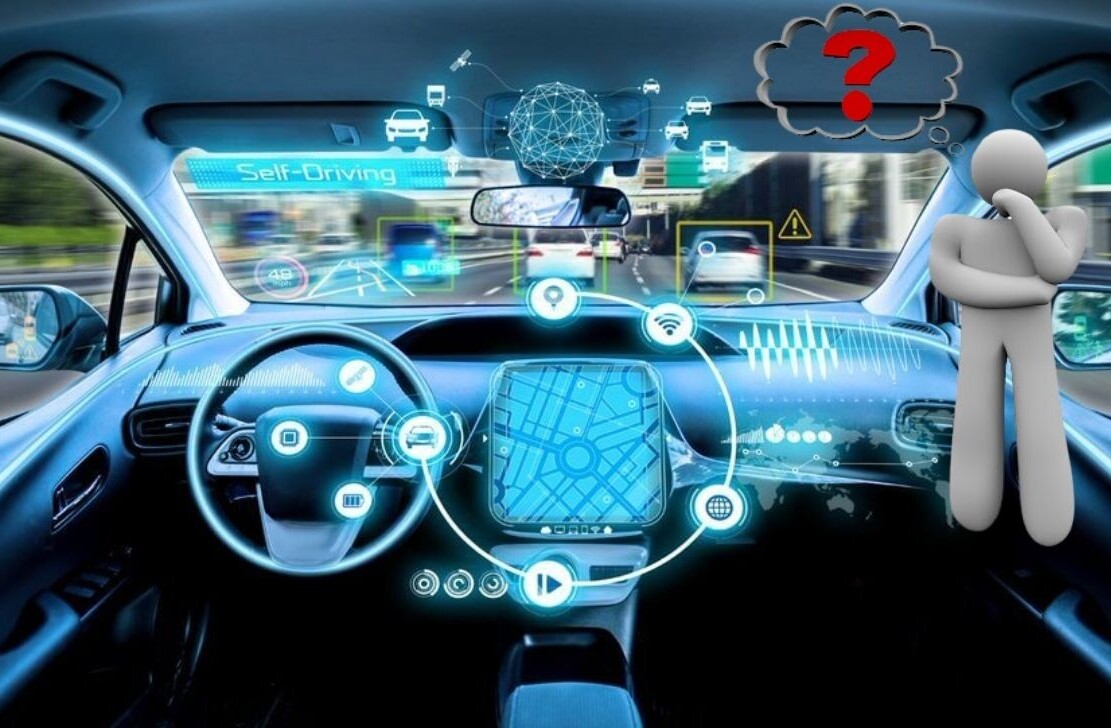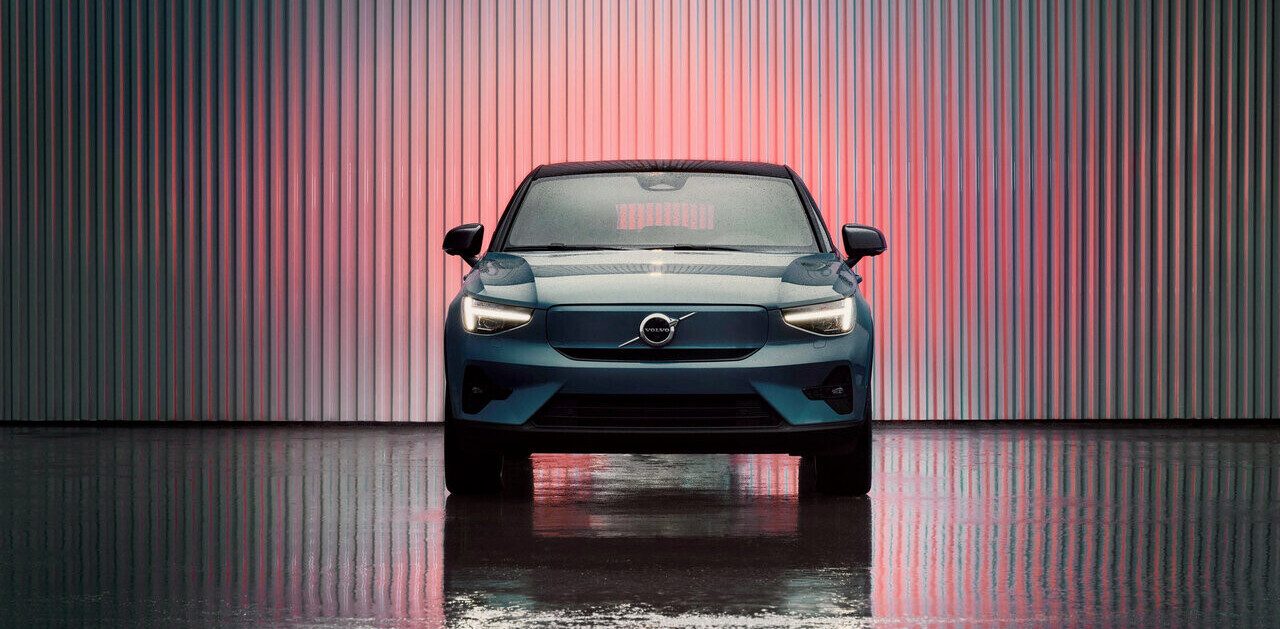
What do you call the person behind the wheel of a self-driving car? Are they a passenger or owner or are they still the driver? Whatever they’re called, the UK’s Law Commission says they shouldn’t be held responsible if their “autonomous” vehicle is in an accident.
Under a new proposal from the UK’s Law Commission, the “user in charge” of the vehicle would not be prosecuted for careless or dangerous driving, speeding, or breaking red lights when the car was in self-driving mode, the Telegraph reports.
The Law Commission instead suggests that responsibility should fall on the developer or manufacturer of the hardware that enables self-driving functions on the vehicle.
[Read: Why your EV’s range matters less than you think]
Directors of said manufacturing companies would have corporate liability, which means they would be prosecuted when the cause of an accident has been confirmed. If the failure of self-driving technologies play a part, directors can expect to be reprimanded.
The “user in charge” of the vehicle would still be responsible for maintaining the vehicle, ensuring passengers wear seatbelts, insurance, and all that other regular stuff.
This all sounds fine if that vehicle is fully autonomous, also known as Level 5 according to the SAE Levels of Autonomy — read about them here.
However, the Law Commission references a “transition period” of 10 to 40 seconds in which a driver would have to regain control of the vehicle. During this handover, the driver isn’t responsible for accidents.
With that, it shows the Law Commission isn’t actually talking about fully autonomous vehicles, rather, it’s talking about partially automated vehicles, which aren’t the same thing and are constructed from a confusing meld of technologies.
The Law Commission did suggest that self-driving vehicles should be regulated in two different tiers, though, differentiating between fully autonomous and not — but the reality is automated vehicles are far more nuanced than that.
One tier would include vehicles, that are capable of driving themselves in all situations or Level 5 by the SAE’s ranking. The other tier would include vehicles that are only able to drive themselves on the motorway, which could be Level 2, Level 3, or Level 4 according to the SAE.
In a Level 2 vehicle, a human driver is required to be in full control at all times. In Level 3 systems, the driver can take their eyes and attention off the road for short periods of time in specific situations. While Level 4 systems are considered fully autonomous, but only in very specific geofenced locations.
It’s a good start
On one hand, this is good news. The Law Commission is attempting to get its head around how self-driving cars will be regulated, which is gray area right now.
However, because the commission’s plans don’t extend through all SAE Levels, and specifically address each one individually, its proposals lack specific scope in the terminology the industry has adopted.
There is already enough confusion as to what constitutes a “self-driving” vehicle. This is encouraged by autonowashing, the spurious practice where automakers oversell the capabilities of their vehicles’ self-driving systems. This leads to drivers believing their cars are more capable than they are.
As a result, many believe Level 2 systems to be self-driving, even though they are not.
Unless the Law Commission also considers these technologies, drivers will begin to believe they’re legally indemnified when using their vehicle’s automated systems when they are not.
In the worst case, this will lead to drivers of Level 2 vehicles putting even more trust than they should into their vehicle. When this happens, accidents and fatalities are a sad but inevitable result.
That’s not to say the commission’s proposal shouldn’t extend to Level 2 vehicles, it absolutely should. Level 2 systems are on our roads now and lack clear regulation. Level 4 and 5 cars are still a way off in the future.
What’s more, making companies legally responsible for their role in accidents when automated technologies are in use would make them think long and hard about how they’re marketing the capabilities of their systems.
For the safety of our roads, the regulation has to address technologies of now and the future.

Get the TNW newsletter
Get the most important tech news in your inbox each week.




